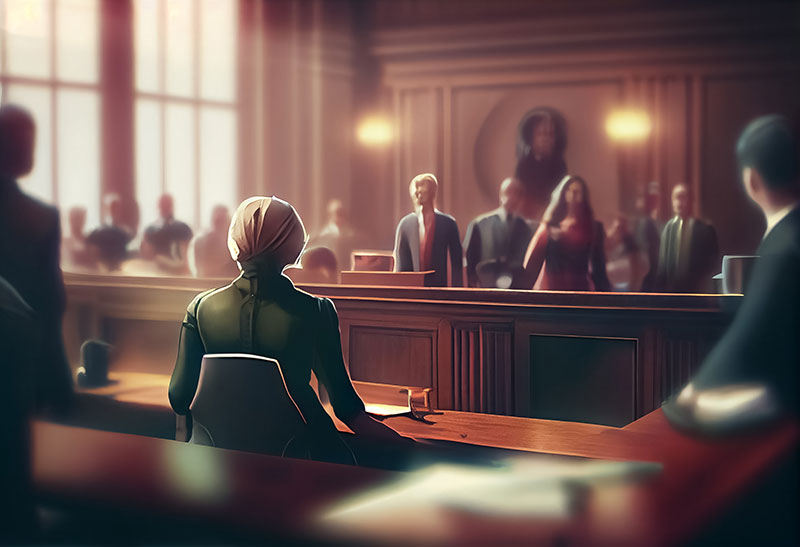
Modern litigation demands clear, engaging presentation of evidence. Legal teams increasingly use illustration to explain events, scenes, and processes. Companies like LawFX are at the forefront of this visual legal revolution.
Legal Illustration: Explained
Unlike media sketches, these visuals aim to explain—not just depict—key scenes or events from a case. They may include accident reconstructions, injury depictions, or medical procedure visuals. LawFX ensures each piece aligns with legal standards while enhancing testimony.
How LawFX Elevates Legal Communication
LawFX works hand-in-hand with attorneys to create visuals tailored to the case. Each image supports testimony and simplifies complex evidence.
Benefits of Visual Aids in Court
Jurors often retain images far better than spoken copyright. An effective illustration can support or even replace lengthy explanations. This improves juror retention and creates stronger emotional impact during trial.
Courtroom Illustration and Legal Graphics—What’s the Difference?
Trial graphics often include text, timelines, or bullet-point summaries. LawFX often combines both to deliver a unified, persuasive presentation strategy.
Who Uses Legal Illustrations?
Attorneys in fields like personal injury, product liability, and malpractice use visuals to explain their case. LawFX also serves mediators and arbitration teams seeking visual clarity during settlement talks.
Types of Cases That Benefit from Courtroom Art
Injury claims, defective products, surgical error cases, and construction failures all benefit from visuals. LawFX's expertise helps clarify these high-stakes issues through careful illustration.
From Concept to Courtroom: LawFX’s Workflow
LawFX begins with a legal consultation and case review. Revisions are made until a final court-ready visual is produced. This collaborative method ensures that every visual is effective, precise, and courtroom-approved.
Improving Jury Comprehension with Art
Illustrations bridge the knowledge gap and reduce confusion. This translates into better-informed deliberations and stronger cases overall.
Admissibility of Legal Visuals
They collaborate with experts to confirm that each illustration reflects actual evidence. Avoiding exaggeration or misleading design ensures their work withstands scrutiny and contributes to trial success.
Using Illustration in Pre-Trial or Settlement
Beyond the courtroom, visuals are powerful tools in pre-trial negotiations. Attorneys use them to influence settlement terms or simplify complex arguments during mediation.
Common Questions About Legal Illustration
What visuals do you create? Courtroom illustrations, trial graphics, 3D models, and digital presentations.
Are they admissible? Yes—they meet evidentiary standards and are reviewed with experts.
What’s the difference between illustrations and trial graphics? Graphics show data; illustrations show events or scenes.
Where can they be used? In court, settlement, depositions, and mediation.
How long does it take? Simple visuals take days, complex ones may take 1–2 weeks.
Why Courtroom Illustrations Matter
They’re no longer medical courtroom illustration optional—they’re essential. For persuasive, professional visuals that tell your story—LawFX delivers.